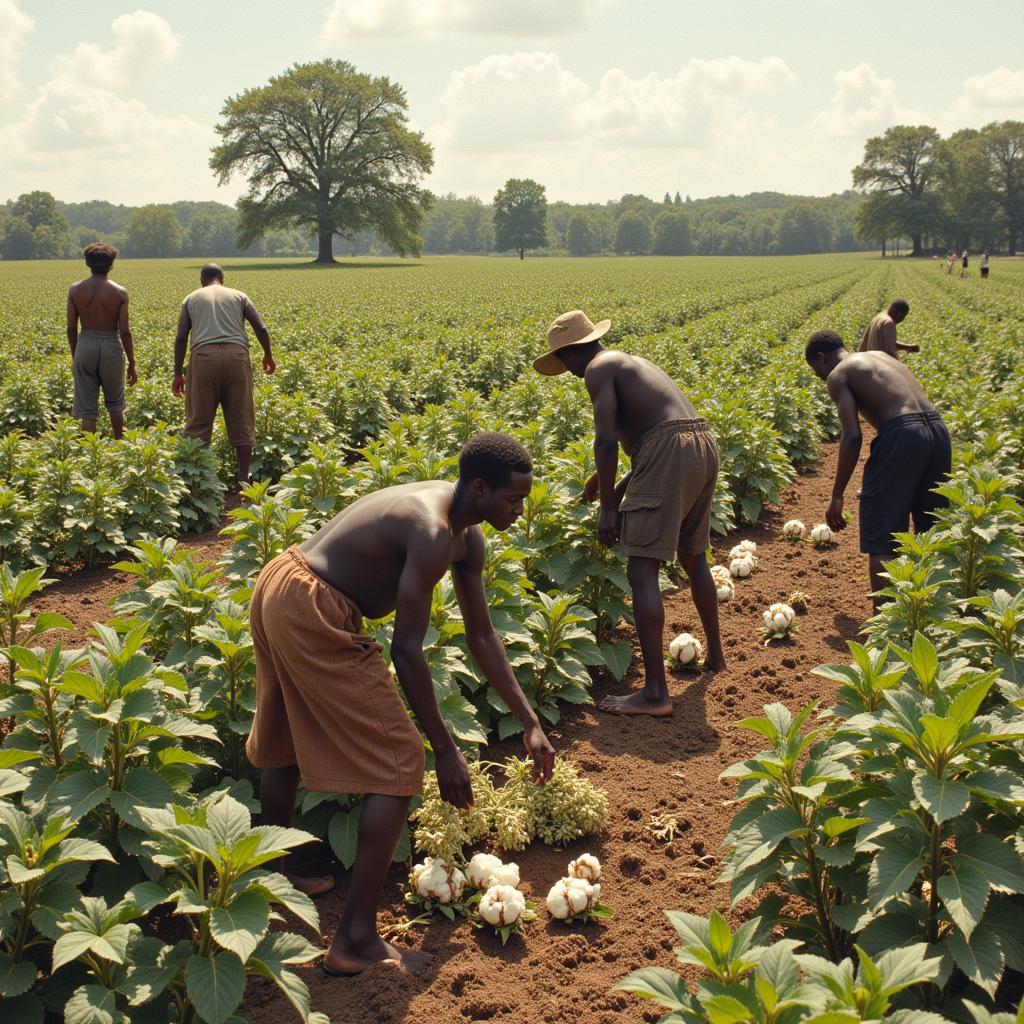African American Gangs in 1945: A Glimpse into Post-War Urban Life
African American gangs in 1945 existed within a complex social and political landscape. The end of World War II brought both hope and hardship for African Americans. While many celebrated the return of soldiers and the prospect of peace, they also faced continued discrimination, limited economic opportunities, and the lingering effects of segregation. These factors contributed to the rise of gang activity in some urban centers.
The Socioeconomic Context of African American Gangs in 1945
The 1940s witnessed significant demographic shifts as African Americans migrated from the rural South to northern and western cities in search of better prospects. This “Great Migration” led to overcrowded housing, increased competition for jobs, and heightened racial tensions. These conditions created a breeding ground for social unrest and, in some cases, the formation of gangs. These groups often provided a sense of belonging and protection in a hostile environment.
Limited Opportunities and the Rise of Gangs
Returning black veterans, despite their service to the country, often found themselves excluded from the benefits of the GI Bill and faced discrimination in employment and housing. This disparity fueled frustration and resentment, leading some to seek alternative means of survival and social mobility, sometimes through gang involvement. These gangs offered a sense of community and empowerment that was often lacking in mainstream society.
Gang Culture and Activities in 1945
African American gangs in 1945 were diverse, ranging from small, localized groups to larger, more organized entities. Their activities varied, but often included petty theft, protection rackets, and territorial disputes. It’s important to note that not all African American youth were involved in gangs, and many community leaders actively worked to address the root causes of gang activity and provide alternative opportunities for young people.
The Role of Music and Style
Music and style played an integral role in gang culture. Jazz and blues music provided a soundtrack for the era, reflecting both the struggles and aspirations of the African American community. Clothing styles, often influenced by the zoot suit trend, became a form of self-expression and a way to assert identity.
Law Enforcement and Community Responses
Law enforcement responses to African American gangs in 1945 varied, but were often characterized by suspicion and prejudice. The media often portrayed these gangs in a negative light, perpetuating stereotypes and contributing to public fear. However, within the African American community, there were also efforts to address the issue through social programs, community outreach, and youth organizations.
Building a Better Future
Church leaders, educators, and community activists worked tirelessly to provide alternatives to gang life. They recognized that addressing the underlying social and economic issues was crucial to creating a better future for African American youth.
“Addressing the root causes of poverty and discrimination was essential to breaking the cycle of gang involvement,” notes Dr. Lena Jones, a historian specializing in African American history during the mid-20th century.
Conclusion
Understanding African American gangs in 1945 requires examining the complex social, economic, and political factors that shaped the lives of African Americans during this period. While gang activity was a reality for some, it’s crucial to avoid generalizations and recognize the diversity of experiences within the African American community. The post-war era was a time of both struggle and resilience, as African Americans continued their fight for equality and a better future.
Need support? Contact us 24/7: Phone: +255768904061, Email: kaka.mag@gmail.com, or visit us at Mbarali DC Mawindi, Kangaga, Tanzania.




